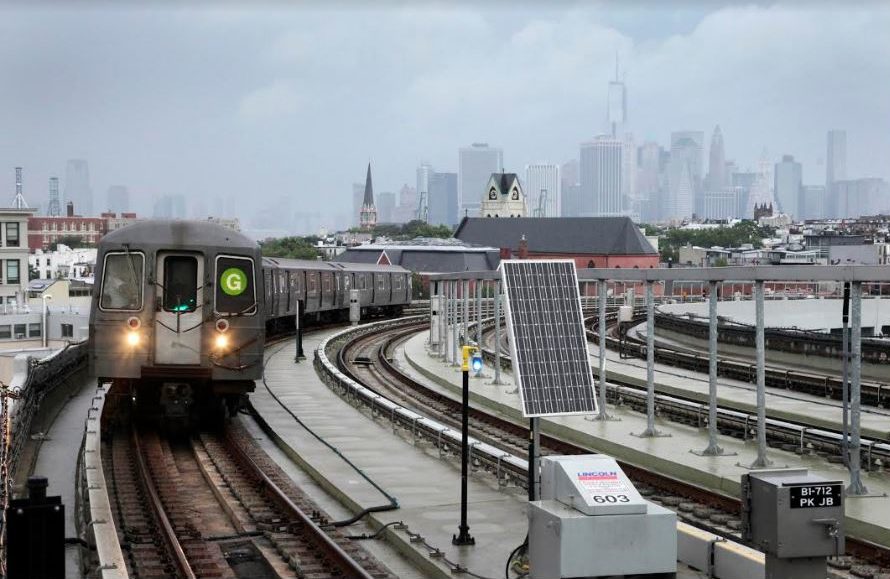OPINION: When the G train was really a Brooklyn-Queens local

The G train, which recently gained more prominence in anticipation of next year’s L-train shutdown, is often thought of as the quintessential Brooklyn train.
It unites trendy, avant-garde Brooklyn neighborhoods like Greenpoint, Williamsburg and Bed-Stuy with established, brownstone borough neighborhoods like Cobble Hill, Carroll Gardens and Park Slope. Nineteen of its 21 stops are in Brooklyn, and the other two in Queens.
In a 2016 New York Times article, Williamsburg copywriter Cory Tallman is quoted as saying, “Pride isn’t the best word, but there is something to be said about, `It’s the Brooklyn train.’”

Brooklyn Boro
View MoreNew York City’s most populous borough, Brooklyn, is home to nearly 2.6 million residents. If Brooklyn were an independent city it would be the fourth largest city in the United States. While Brooklyn has become the epitome of ‘cool and hip’ in recent years, for those that were born here, raised families here and improved communities over the years, Brooklyn has never been ‘uncool’.